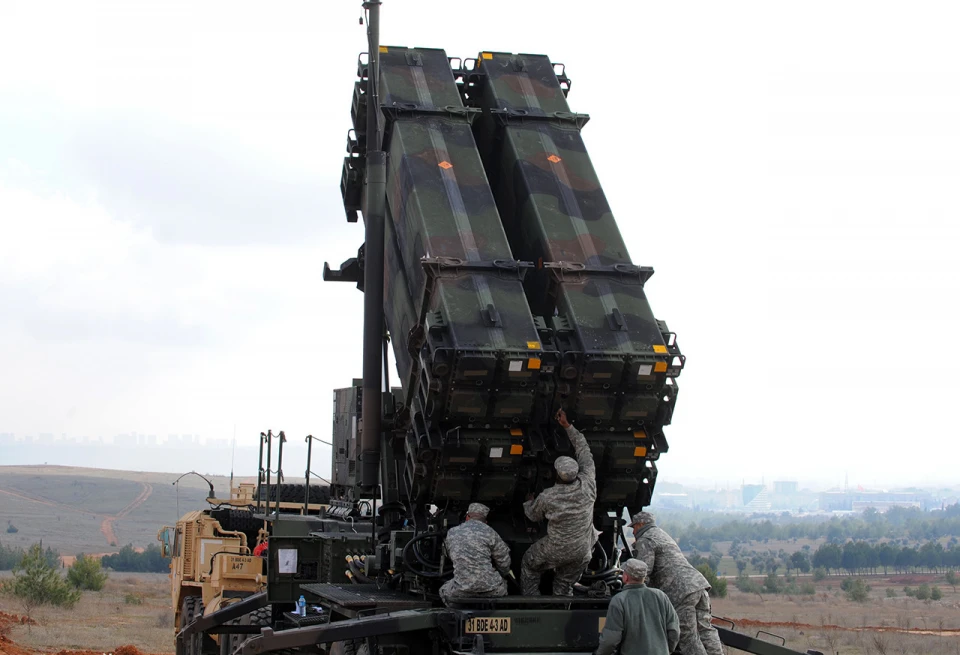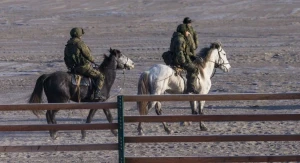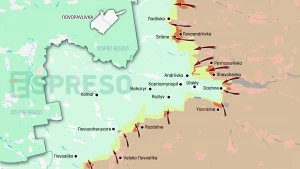
Peculiarities of Patriot system and how it has changed Ukraine's air defense
Espreso explains the peculiarities of the American anti-aircraft missile system in service with the Ukrainian Armed Forces, its technical characteristics, advantages, disadvantages and how Patriot has already shown itself in the Russian-Ukrainian war
When and how Ukraine received the Patriot system
Following the full-scale invasion, neighboring countries of Ukraine immediately deployed US Patriot anti-aircraft missile systems. In response, Poland and Slovakia provided their Soviet-made S-300 systems to Ukraine.
The need for the supply of Patriots to Ukraine became critical in the fall of 2022, especially when Russia launched massive missile attacks on civilian infrastructure in October. Ukrainian Foreign Minister Kuleba requested air defense systems during a phone conversation with US Secretary of State Blinken.
Simultaneously, Polish ministers proposed supplying the Patriot air defense systems, received by Warsaw from Germany, to Ukraine. However, this initiative required approval from official Berlin, and Germany did not provide consent at that time.
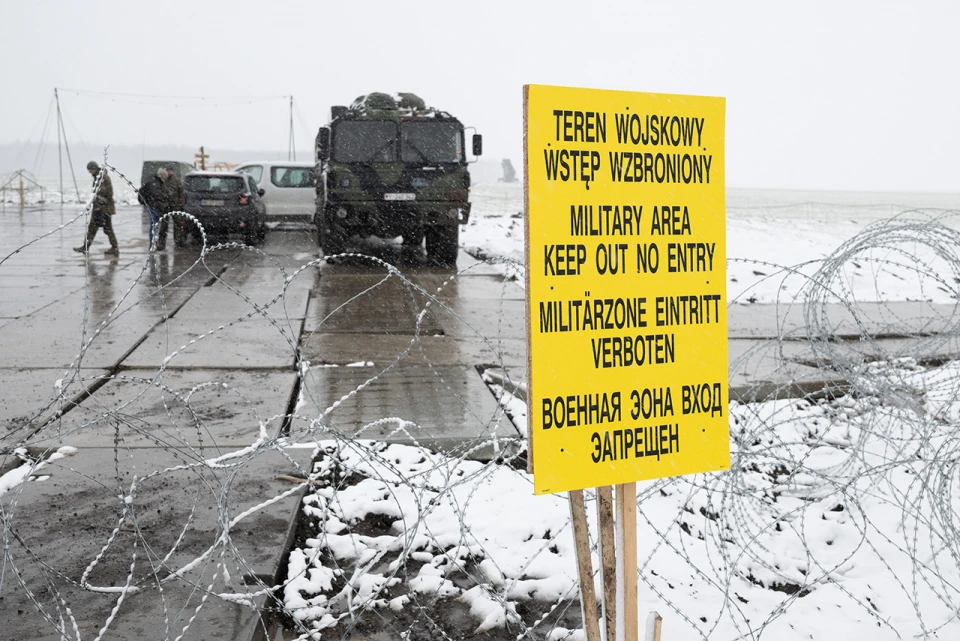
Photo: Getty Images
The decision of the United States changed everything. On December 21, Joe Biden ordered $1 billion in military aid to Ukraine, an additional $850 million in aid, and the coveted Patriot.
"Today's aid includes, for the first time, the Patriot air defense system, which is capable of shooting down cruise missiles, short-range ballistic missiles, and aircraft at much higher altitudes than previously provided air defense systems," the White House said in a statement.
This decision also changed the official position of Berlin, which in January announced that it would also transfer one Patriot battery to Ukraine. Some of the equipment for the "German Patriot" was provided by the Netherlands. In February, training began in Germany for the Ukrainian military to master the SAM. And in April, both Patriot divisions arrived in Ukraine, reinforcing the air defense of the Defense Forces.

Patriot air defense system Photo: Getty Images
What is a Patriot air defense system?
The Patriot air defense system is an advanced military technology that was developed starting in the 1960s. The production contract for the system was signed in 1980, and it was delivered to the troops by the end of 1981. The name "Patriot" is derived from an acronym for one of its radar components, Phased Array Tracking Radar to Intercept on Target. The Patriot system is utilized by various countries, including the US, Ukraine, Israel, South Korea, the United Arab Emirates, Qatar, and Greece.
The system's manufacturer, Raytheon, has continuously enhanced its capabilities through technological advancements. The company has developed plans for modernization that extend until at least 2048.
The Patriot air defense system is not just a single unit; it is a comprehensive air defense system consisting of multiple components. These components include a radar, a fire control center, and several launchers. The system has a coverage area of 14.5 thousand square kilometers, and its radar has the capability to track up to 50 targets simultaneously, with the ability to engage and intercept five of them. The Patriot system utilizes advanced air-to-air interceptor missiles and highly effective radar systems.
According to the specifications of the Patriot system, it is designed to defend against various threats, including tactical ballistic missiles, cruise missiles, drones, aircraft, and “other potential dangers.” Operating each Patriot system requires a team of 90 military personnel.
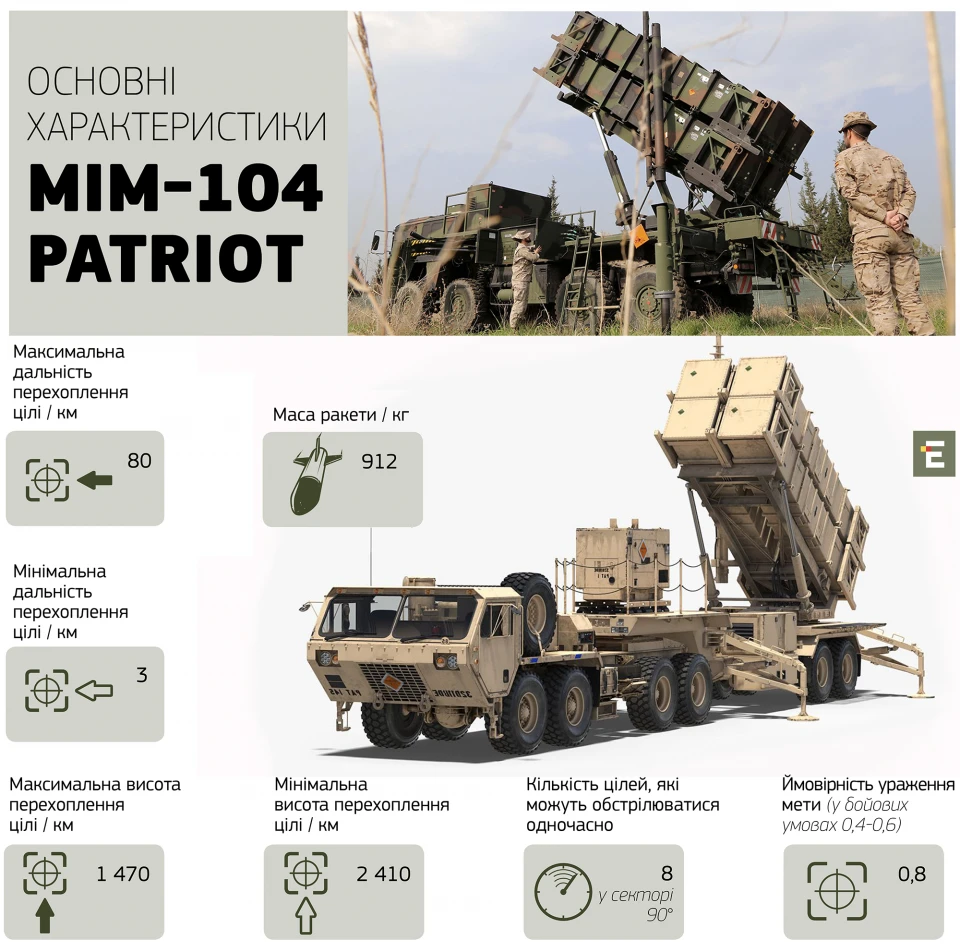
Key features of the MIM-104 Patriot system:
-
Maximum range for intercepting targets: 80 km
-
Minimum range for intercepting targets: 3 km
-
Maximum interception altitude: 24 km
-
Minimum interception altitude: 0.06 km
-
Maximum number of targets that can be engaged simultaneously within a 90° sector: 8
-
Probability of successfully hitting the target: 0.8 (in combat conditions: 0.4-0.6)
-
Weight of the missile: 912 kg
However, experts note that, depending on the type of missile, the systems are capable of shooting down targets at a distance of 40 km to 160 km.
How does the Patriot system work?
Patriot systems were first used in combat during Operation Desert Storm in 1991 in the Persian Gulf. Later, various technical enhancements were made to improve the effectiveness of this air defense system. Surface-to-air missiles (SAMs) and interceptor missiles were optimized to provide protection against tactical ballistic missiles, cruise missiles, and military aircraft. In 2003, Patriot systems were deployed to Iraq. Since then, multiple test missile launches have been conducted, all resulting in successful interceptions. Sometimes several interceptor missiles are needed to eliminate an identified threat.
According to an article by Defense Express, Patriots demonstrate high efficiency in intercepting missiles due to several key features. One significant advantage is their ability to operate automatically. This feature is crucial in terms of response time since the "window of opportunity" for successfully intercepting a ballistic missile is measured in seconds.
"That is why Patriot can operate in manual, semi-automatic and automatic modes. The latter allows it to destroy targets without human intervention. This mode is essential when intercepting a ballistic missile that approaches at an angle close to 90 degrees with a speed of 2.8 km/s. In such cases, there might not be an opportunity for re-launching if the initial missile fails. Hence, it is common for two anti-missiles to simultaneously engage the same target," the article says.
At the initial stage of flight, a missile receives control commands from a radar that tracks the target and its movement. Later, the missile sees the target with its own homing radar head and is guided independently. In the case of intercepting a ballistic missile, the objective is not to just damage it but to destroy it while it's still airborne. Therefore, the anti-missile's mission is to collide with the target, leveraging the high speed and energy of the impact to ensure its destruction.
What are the disadvantages of the Patriot system?
One significant drawback of the Patriot system is its often high cost. According to the Center for Strategic and International Studies, a new Patriot system comes with a price tag exceeding USD 1 billion, consisting of USD 400 million for the system itself and USD 690 million for the missiles. The cost of a single interception by the Patriot system can reach up to USD 100 million, while many of the targets it defends against, such as drones, are considerably cheaper. Comparatively, a single Patriot missile costs around USD 3 million, which is three times the cost of ammunition for the NASAMS systems also used by Ukraine.
That is why it is necessary to complement the Patriot system with other air defense systems. This allows us to defend the sky while making cost-effective decisions. The integrated system assesses the optimal approach to engage an airborne target, considering whether it is necessary to utilize an expensive air defense missile to intercept a less costly drone.
Another drawback of the Patriot system is its reliance on a special satellite in orbit. This satellite plays a crucial role in transmitting the coordinates and flight path of the missile to the system's location station ahead of time.
Patriot against Russian missiles
During the first month of deployment in Ukraine, the Patriot air defense systems achieved a significant milestone by successfully intercepting the Russian hypersonic missile Kinzhal. It happened on May 4 in the Kyiv region.
"I congratulate the Ukrainian people on this historic event! Yes, we have shot down the ‘there-are-no-analogues’ Kinzhal! It happened during a night attack on May 4 in the sky of the Kyiv region. The Kh-47 missile was fired by a MiG-31K from the territory of Russia," wrote Mykola Oleshchuk, commander of the Ukrainian Air Force.
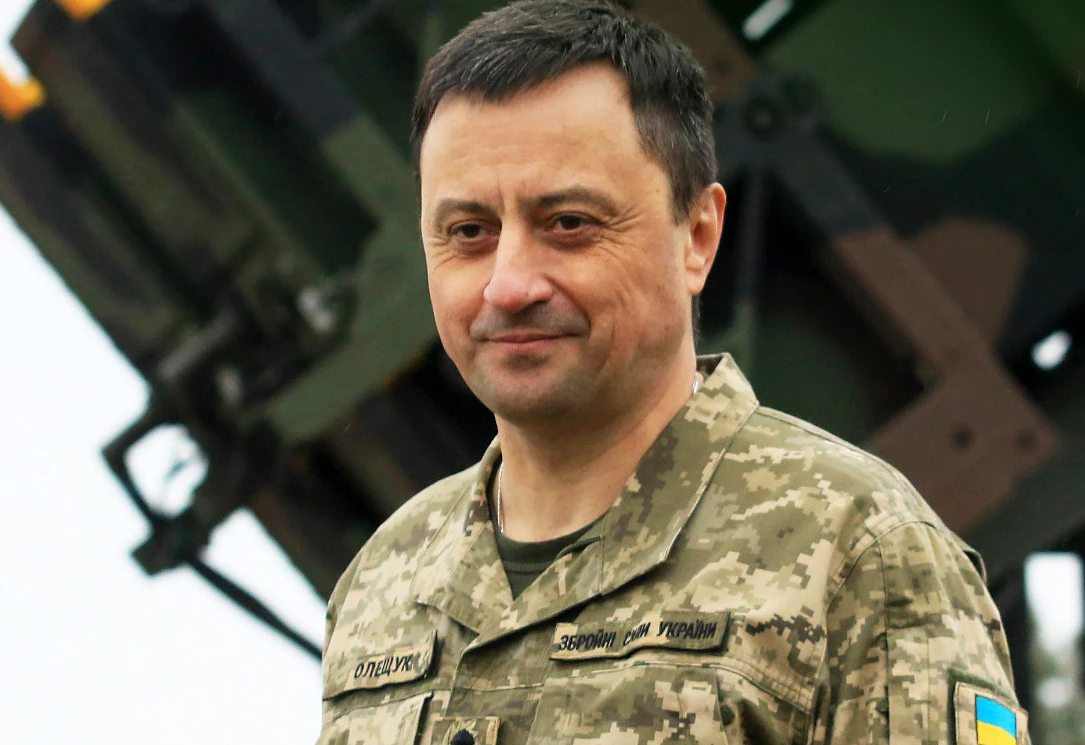
This information was later confirmed by Pentagon officials. CNN reported that the Russian missile was supposed to hit the Patriot system's location, but the Patriot itself eliminated the Kinzhal on approach.
"Ukrainian air defenses fired several Patriot missiles at different angles to intercept the Russian missile, demonstrating how quickly they learned to use the powerful system," CNN quoted a US official as saying.
Meanwhile, Russia has made claims of successfully attacking Patriot systems. Recently, Vladimir Putin announced the destruction of 5 Patriot systems near Kyiv.
However, the Russian leader did not provide specific details on how they managed to destroy 5 systems, considering that only 2 Patriot systems have been delivered to Ukraine thus far.
Moreover, military experts emphasize that it is virtually impossible to destroy the American system with a few missiles, as it is located on a large territory.
"I would like to remind you that the Patriot system consists of a radar, a command center and 6 or 8 launchers. All these components of the system are located on a certain area and are remote from each other. That is, it is impossible to completely destroy a Patriot battery," said military expert Serhiy Zgurets.
There can never be too many Patriots
No matter how effective the Patriot systems are, two systems are not enough to fully protect the Ukrainian sky. Ukraine may soon receive several more American air defense systems. Raytheon Technologies, as announced by CEO Greg Hayes, plans to produce five more batteries of the Patriot air defense system for Ukraine by the end of 2024. The company aims to increase production to 12 Patriot systems per year.
Raytheon Technologies was impressed by the system's effectiveness, which, along with other air defense systems, successfully neutralized nearly 90% of Russian targets. Ukraine has also made modifications to the Patriot air defense software, enabling the system to track and engage hypersonic missiles traveling at twice the speed.
- News








